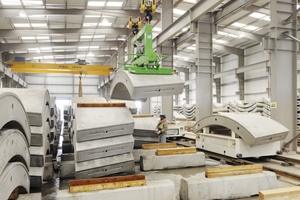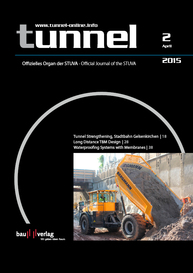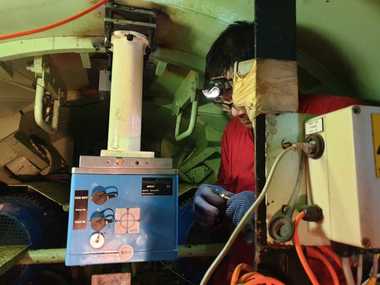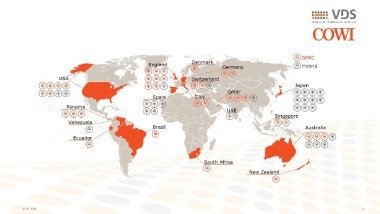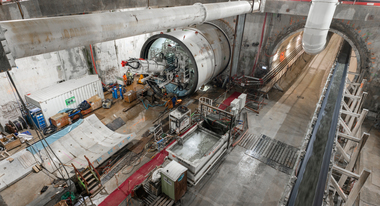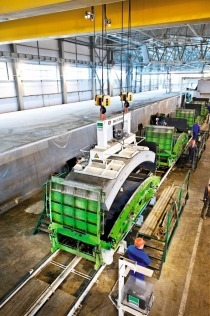Sewer Network in Abu Dhabi with Segments of Sulphate-resisting Steel Fibre Concrete
In the United Arab Emirates, the most modern sewerage system in the Middle East, with new sewers and a new central water treatment plant, is planned to go into operation in 2015. Between 2008 and 2013, 41 km of main tunnels with diameters of up to 5.5 m were driven by EPB machines on the STEP (Strategic Tunnel Enhancement Programme) sewerage project in the capital Abu Dhabi. About 50 km of link tunnels with diameters of up to 3 m will connect the existing drain network to the new main collector, the Deep Gravity Sewer Tunnel, which runs from the city centre of Abu Dhabi to a new treatment...

